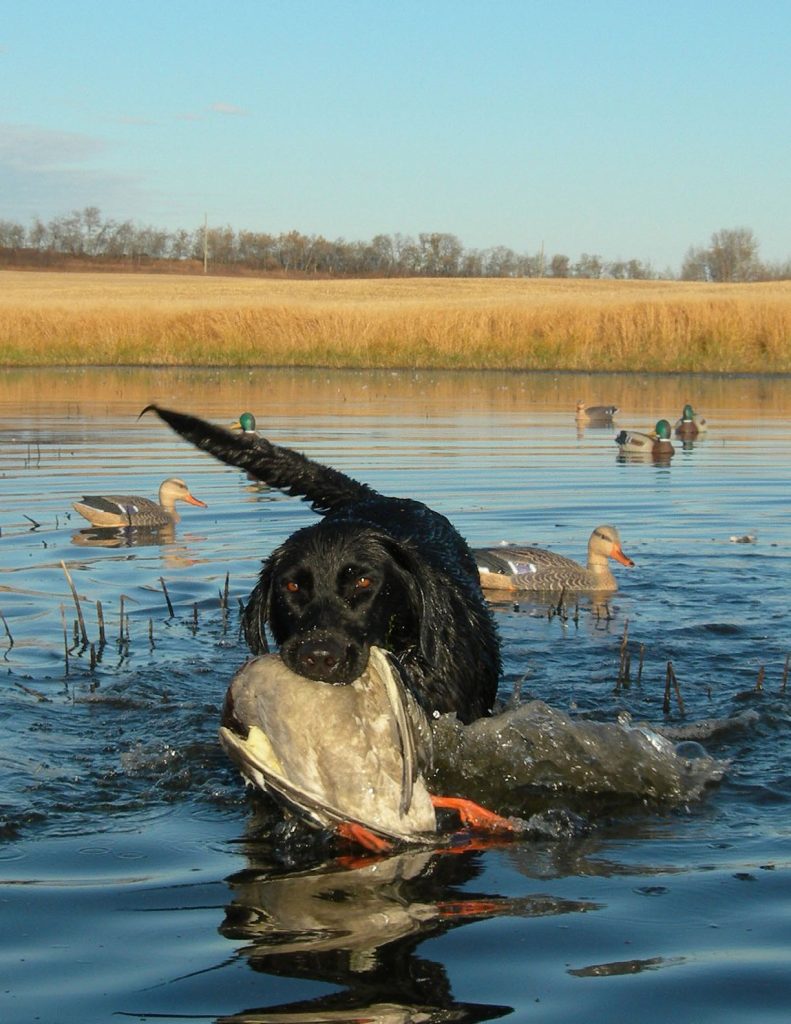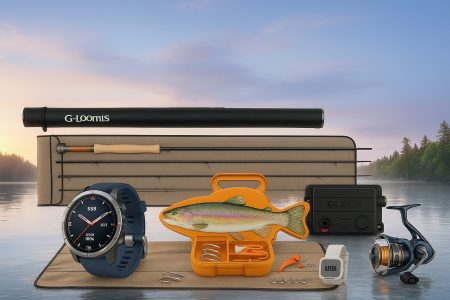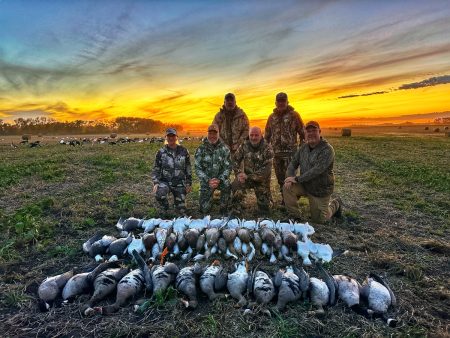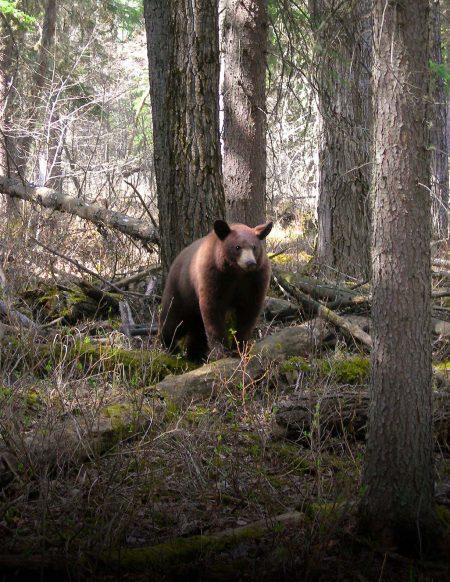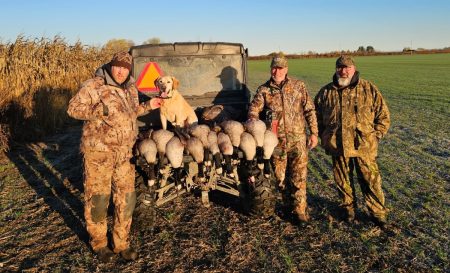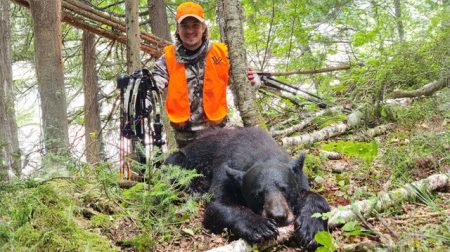Wing shooters across North America flock to mid-western Canadian provinces each fall, for an opportunity to hunt pothole mallards and pintails. Find an active puddle and, nine times out of ten you’re in for a treat! Toss out a spread of a few dozen floaters, add a spinner to mix, and ducks will literally bomb into your hole without a second thought. Mostly a mid-west prairie phenomenon, mallards and pintails generally puddle before swarming the fields to feed, and this creates a world-class opportunity for wing shooters.
Slowly cruising the gravel road, I noticed a small group of mallards in flight. Soon they locked wings and dropped into what appeared to be a dugout. Pulling over, I raised my binocular for a better look. Sure enough, several strings followed. Over the next half-hour, flights of mallards and pinnies were constant, and they were all dropping into a massive stand of willows. It was too intriguing to ignore. With landowner permission, I hiked across the field to the edge of the willows. As I approached, the chatter was deafening. Taking extra care to move in undetected, I managed to approach within a stone’s throw of the small pothole sanctuary. Measuring no more than 40 yards in length and 20 wide, the water was loaded with greenheads, so many in fact that I couldn’t see the water itself. If I had to guess I’d say there were a thousand or more on that tiny puddle. Carefully backing away I returned to my truck to begin preparations for the hunt.
Localize Your Shooting Opportunity
With prairie mallard and pintail populations on the rise, shoots are abundant and access to private land is still good. In the heart of central Alberta, Saskatchewan and Manitoba’s flyway action, field shoots are common, but for seasoned gunners, nothing beats the pothole hunting experience. By setting up to shoot ducks on puddles, you localize your shot opportunities and this generally facilitates easier retrieves. Likewise, by targeting potholes you can often preserve nearby feeding field as another shooting opportunity.
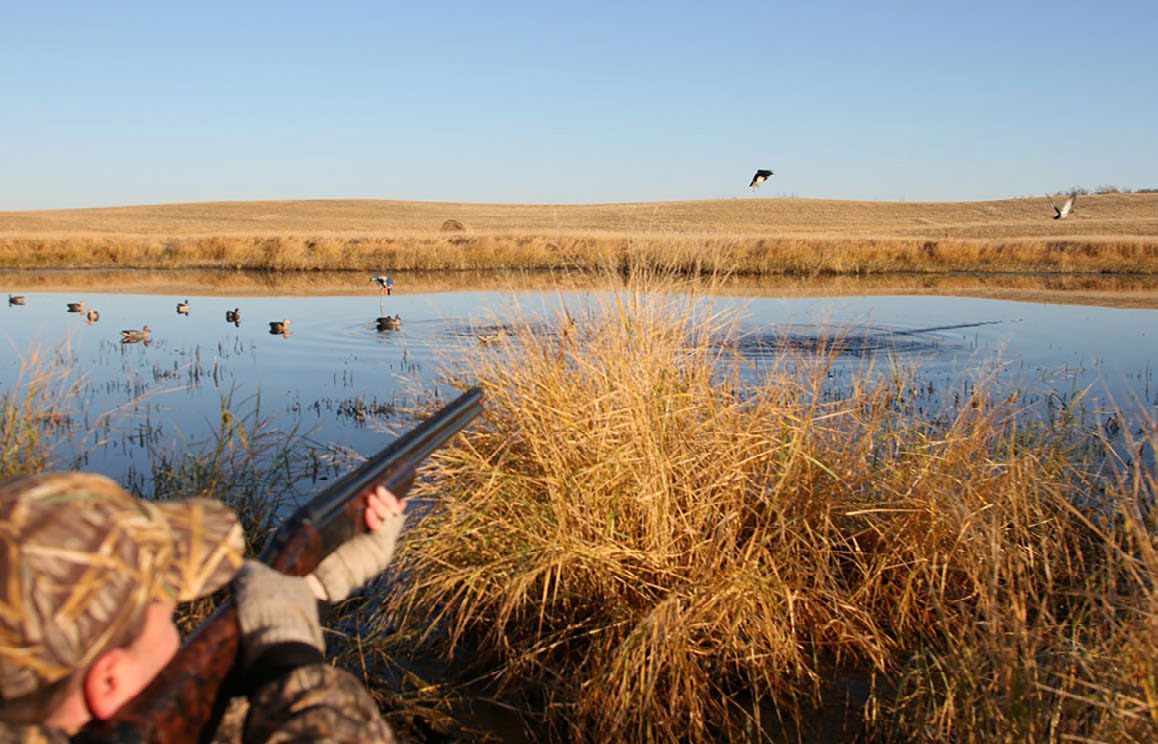
A Daily Routine
Beginning in early September, the fall migration gets underway. A time of plenty on the prairies, waste grains are plentiful. In turn, waterfowl can pick and choose where they perceive to be a safe place and abundant place to feed. Weather permitting, ducks follow a similar routine day in and day out. Most roost on big water (molting roosts) at night. This bigger water offers protection from predators and safety in numbers. In the morning, the first birds get up to stretch their wings and head for the feeding fields often as early as 15 minutes before legal shooting light – typically 45 minutes before sunrise.
On the prairies, mallards and pintails will typically puddle on a smaller waterbody like a slough, dugout, creek, or even sheet water before heading out into nearby fields to feed on those waste grains like peas and barley left on the ground during harvest. When ducks hit the puddle in the early season, they’ll often arrive in small groups of between two to 10 birds, especially when its warm and many have not yet molted. Later in the season when molting is finished and the weather gets colder, seeing larger incoming flocks, sometimes over 50 at a time, is common.
Overall, the puddling phenomenon can be short-lived. Sometimes ducks will stay for minutes; other times they’ll stay for an hour or more before moving to feed in the fields. By mid-morning they’ll lift and return to either their main roost or an alternate day hole, commonly referred to as a loafing roost.
In the afternoon, a percentage of those ducks will leave their day roost and follow a similar routine. Depending on weather, usually only a fraction of the birds will fly in the evenings. Some ducks won’t leave the roost at all in the evening. For this reason, it’s always a toss-up whether to hunt it in the morning or the evening. Locate and interpret the puddle correctly and you can enjoy stellar shoots at both times – just remember morning pothole shoots are typically more reliable, particularly prior to the mid-October freeze-up.
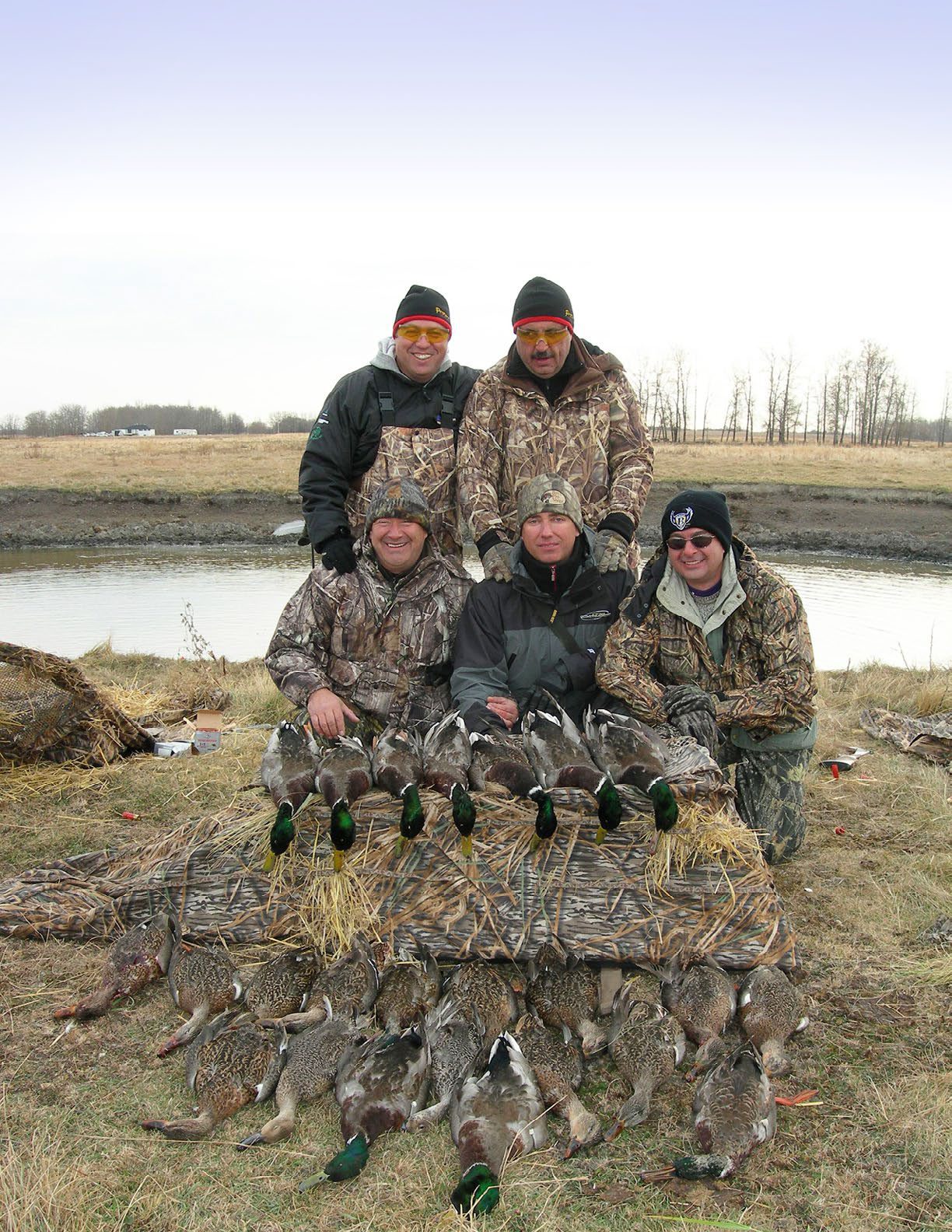
Locating Pothole Shoots
Ducks usually fly early, and this can make spotting active potholes a challenge. Your window of opportunity for locating pothole shoots can often begin and end inside of 20 minutes. Finding one demands that we fight the urge to continue driving, sit tight and watch. You may see one or two ducks drop into a small marsh, and if you wait, over time more birds will often follow. Efficient pothole hunters take an organized approach when they’re spotting. They understand the main roost, have a familiarity with where the ducks are feeding, use good optics, and they know where the birds will leave their roost and their anticipated flight patterns.
To spot a pothole shoot, follow five key steps. Begin at a good vantage point as close to main flyways along the roost as possible. Keeping options open (i.e., roads and visibility), is advantageous. Remember good optics are a must. Likewise, sunglasses can make or break your scouting expedition on bright sunny days.
If possible, strategize your spotting. Begin on the east side of the roost water so you’re able to look westward. With a little luck you’ll follow the birds in that direction. Ideally begin at a height of land overlooking the roost. Keep your road options open. Avoid dead ends or correction lines that might take you in an opposing direction. Follow consecutive flights of birds that take the same flight path. Remember they can be difficult to see in low light so staying close is important. If you’re accustomed to the spotting game, then you know it can be easy to lose ducks especially in low light and overcast conditions. As soon as those birds lock up and bomb toward the ground, chances are you’ve located an active puddle. You’ll be amazed at what the birds are hitting sometimes. On many occasions I’ve watched ducks lock up and dive at high speeds on their first and final approach toward the earth and disappear into what appeared to be nothing but field or trees. Upon closer inspection I discovered hidden little gems, active potholes that held hundreds and sometimes thousands of ducks.
Equally important is locating the feeding field. First, you need to know whether hunting that puddle will affect the feeding activity and second, it gives you another option for hunting those ducks. Last but not least, find and approach the landowner for permission to hunt. Many farmers are open to pothole hunters because it doesn’t involve risking damage to their crops. Some even see it as an opportunity to move ducks away from those crops.
It’s important to remember that not every pothole shoot will be a barn burner. If you have the luxury of waiting and searching those ones out, great, but most of us don’t. All you need is 10 to 20 volleys of a few birds each. As long as they’re hitting the small water consistently, there’s a good chance you’ll fill your limit.
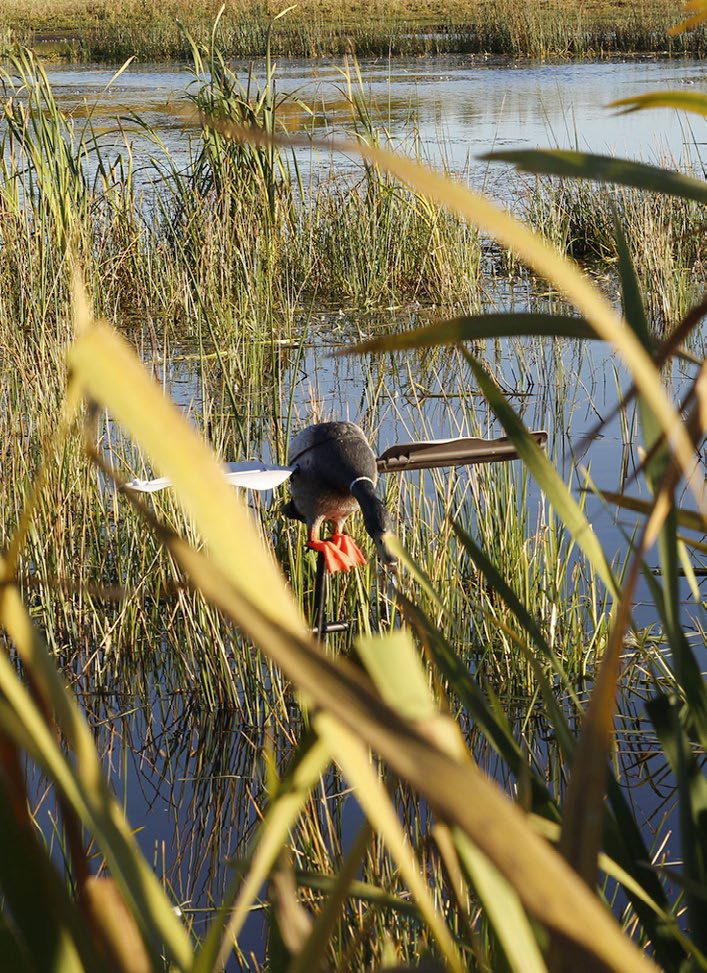
Four Types of Potholes
Practically speaking, there are many different types of potholes. To simplify, they can be broken down into four main categories including small marshes, dugouts, sheet water and creeks or canals. Each has its own advantages and disadvantages.
Small marshes are found in many shapes and sizes. Some have hard bottoms, and others have soft bottoms. They might be open around the edges or surrounded by willows. An ideal pothole marsh is less than 40 yards in diameter and less than three feet deep.
Dugouts are manmade basins, generally uniform in size, used to water cattle. Ducks often key in on dugouts adjacent to feeding fields. Most are less than 60 yards long and 20 wide and have a distinct bank that can provide great cover for hunters.
Sheet water is temporary water that accumulates in fields. The biggest advantage is that these are usually very shallow. The biggest challenge with sheet water is that it is often in the very field the ducks are feeding in.
Creeks and canals are narrow meandering waterways that serve as great puddling habitat for ducks. They can vary greatly in size, shape and cover. Some of the finest creek or canal shoots I’ve ever experienced were over a channel that was less than 10 feet wide.
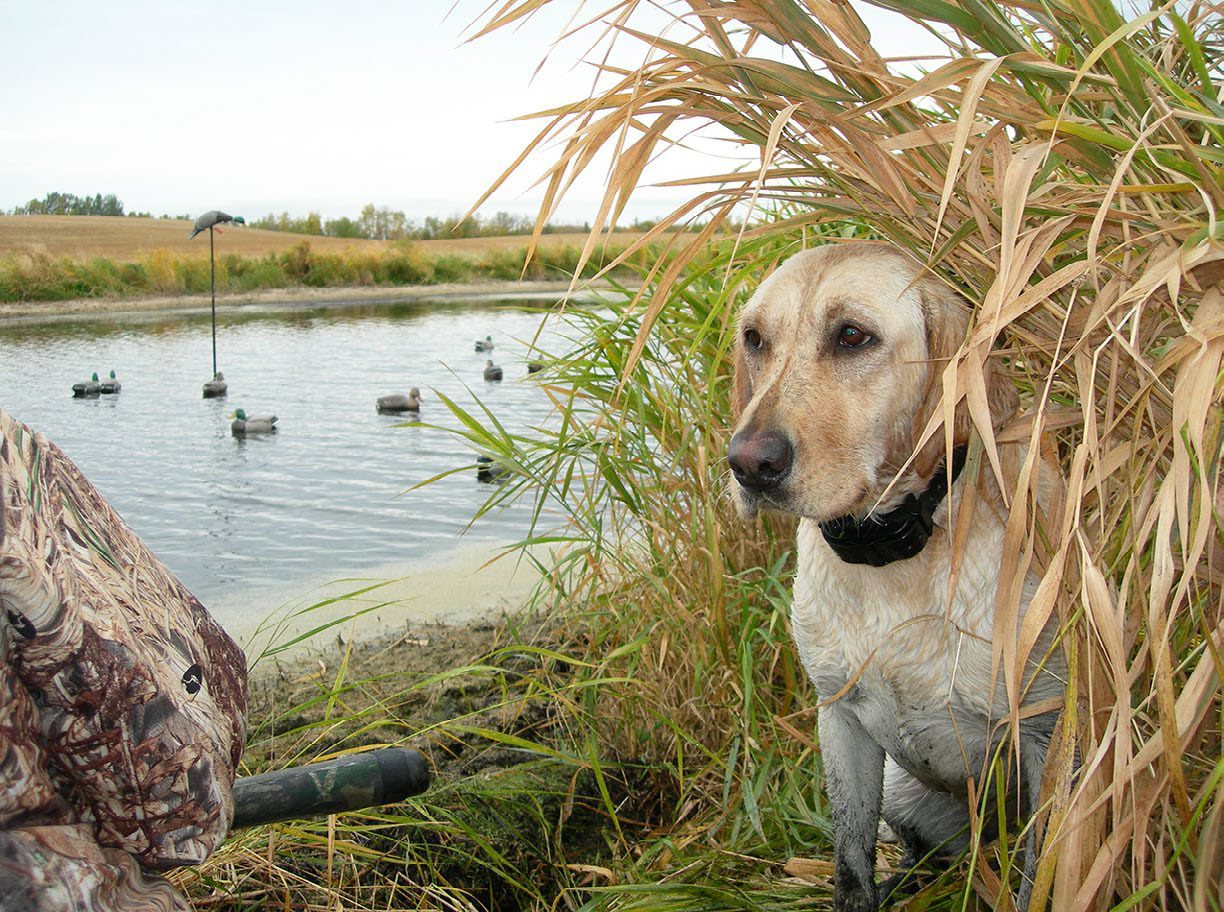
Day Roosts
Day roosts are perceived safe havens for ducks that choose not to return to the big water during the daytime. Otherwise known as loafing roosts, these are smaller water bodies used by ducks to rest during the day. Many hunters fail to capitalize on the full potential of loafing roosts. In short, loafing roosts offer a unique shooting opportunity. How many times have you seen hunters sneak into a pothole loaded with ducks during mid-day hours only to execute an “all or nothing” spot and stalk free-for-all? It’s a common misconception that we’ve got one crack at those ducks and then they’re gone.
In fact, the opposite is true. Again, ducks resting there during the day are there because they feel comfortable. If you’re lucky enough to find a pothole like this with several hundred mallards and pintails, consider gently easing in and bumping the birds off. Try not to spook them, but slowly and quietly let your presence be known. This will lift the birds, likely a few at a time until all or most are gone. Then set up as quickly as possible and settle in. You’ll be amazed. Most often smaller flights of ducks will slowly trickle back to settle in creating a great mid-day pothole duck shoot.
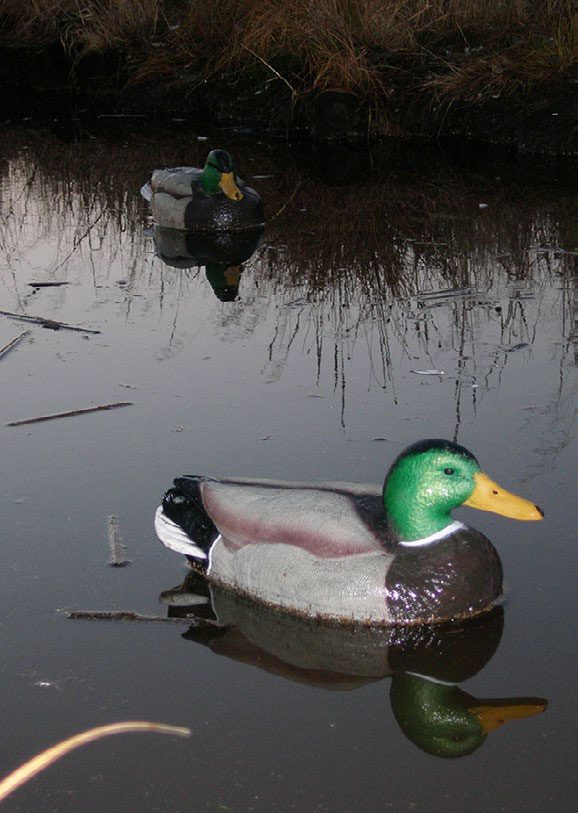
Setting Up
A common mistake committed by novice duck hunters is setting up on a random pothole that looks good and then taking their chances. This is a low-odds strategy. Chances are, they’ll probably scratch out a few birds but to ensure a quality hunt, its best to invest the time spotting to locate an active pothole being visited by high numbers of puddling ducks before feeding in the fields.
As you set up to shoot your pothole, always consider safety, wind/weather, direction of the sun, available cover, visibility of the decoys and depth of the water. Pothole duck hunting setups can vary depending on the type of water, cover, direction of incoming flights, proximity to the feeding field, and weather.
My first three priorities are safety, direction of flight, and wind. Safe shooting is always most important. If possible, make it easy on the ducks. Remember they will want to land into the wind, but in the absence of wind as long as they’re comfortable being there, then their approach is most often swift with little or no hesitation to finish in the decoys.
Take a good look around before tossing your decoys into the water. Consider the available cover, i.e., cattails, willows, trees, contours, grasses, and banks. If the bottom is firm, waders may be a good option. Many pothole scenarios are conducive to using buckets (seats) or layout blinds along the edge.
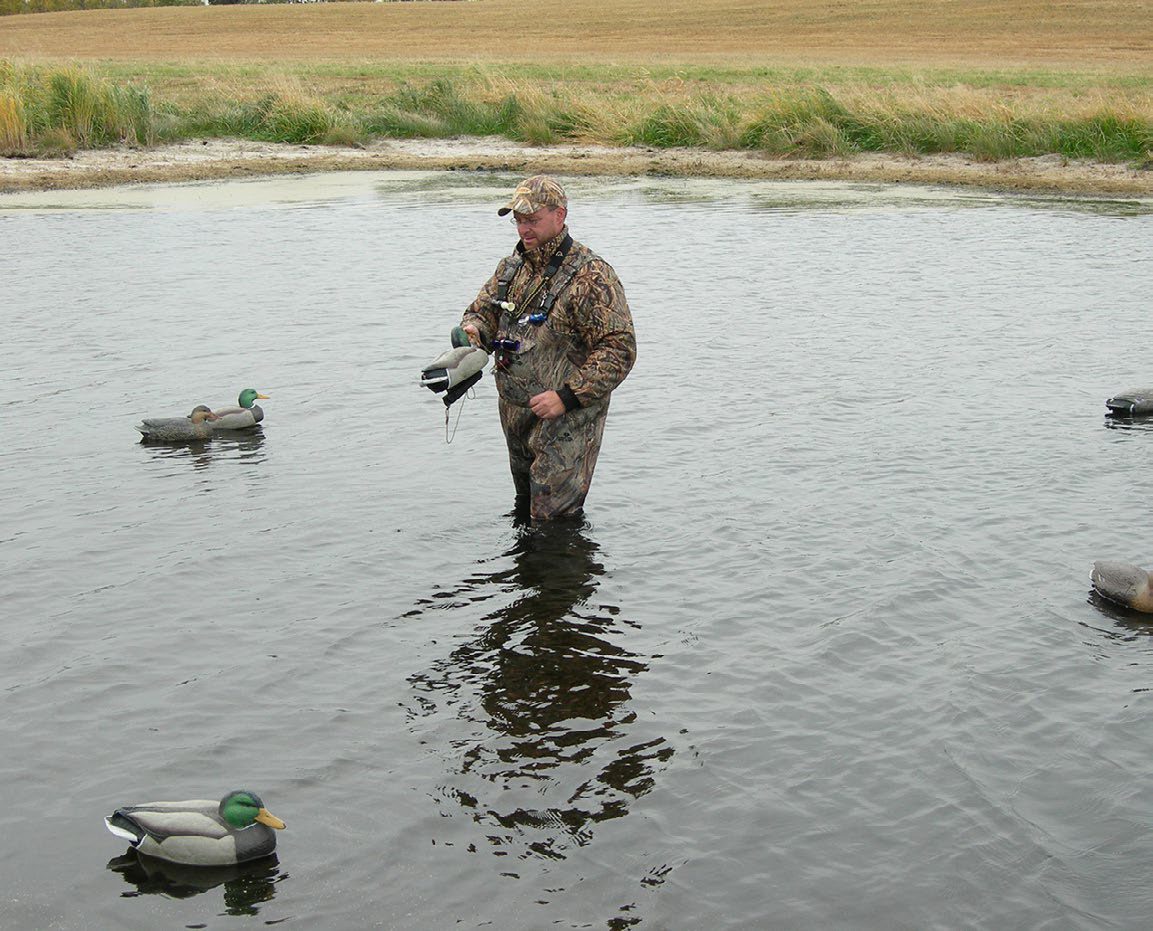
Positioning Decoys and the Landing Zone
As far as decoys and calling goes, the beauty in hunting an active pothole is that it’s where the birds want to be. Ducks interpret it to be a safe haven. So, if they see a natural looking spread, they’ll probably feel even more comfortable landing. Positioning of the decoys depends on several factors but mostly on size of the water and access to it. Toss out one or two dozen floaters along with a spinner (where regulations allow), make sure there’s a landing hole in the middle and you’re good to go. I generally place my spinner in the middle of the hole because most of the incoming birds have a tendency to land on or near it.
If you’re more accustomed to hunting fields or the big water, be sure to give pothole hunting a try. A retriever is certainly an asset, but if you choose your shoots wisely a dog isn’t always necessary. Keep these things in mind as you venture out on your next pothole hunt, and you’re certain to experience what duck hunting is all about.
Per our affiliate disclosure, we may earn revenue from the products available on this page. To learn more about how we test gear, click here.






